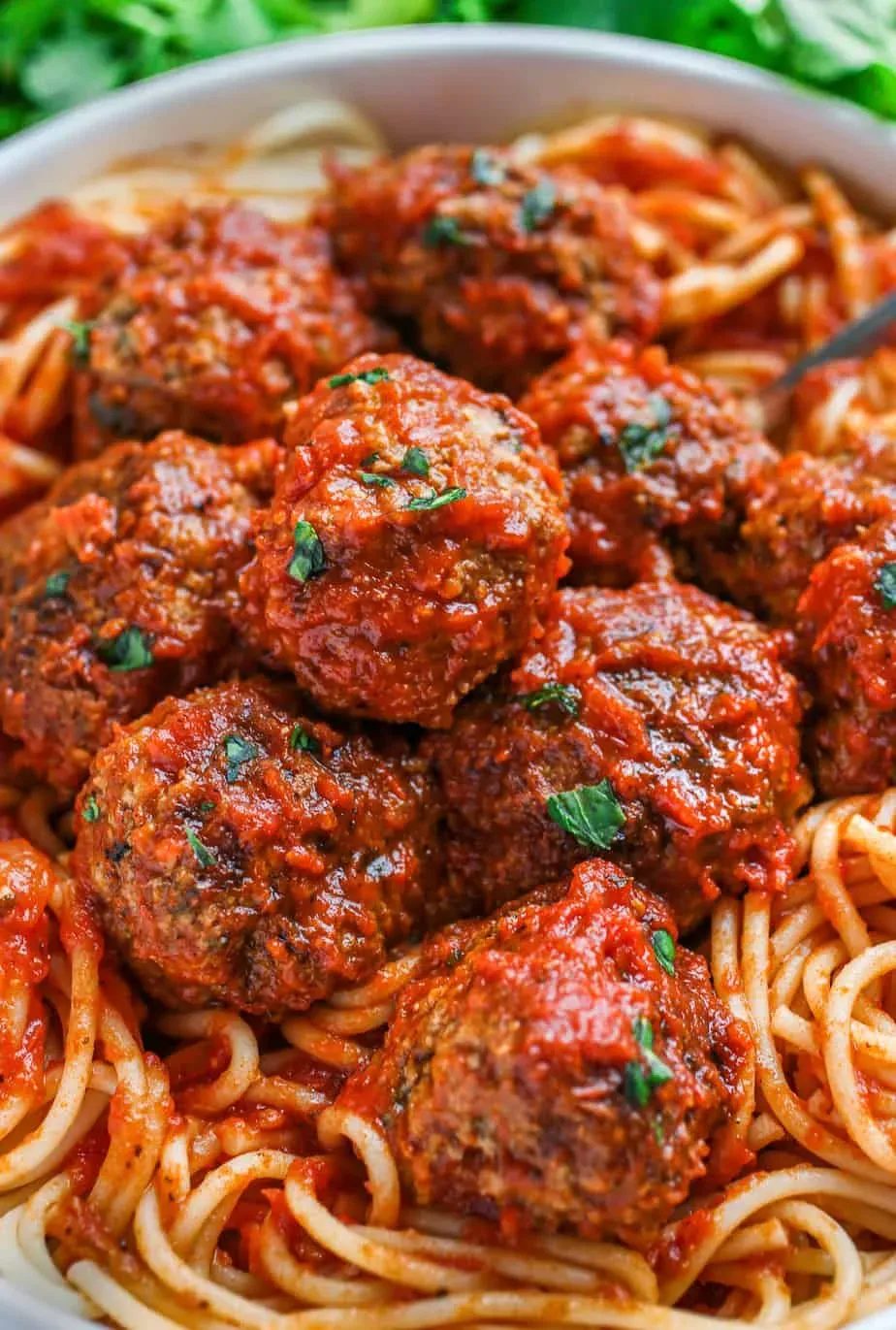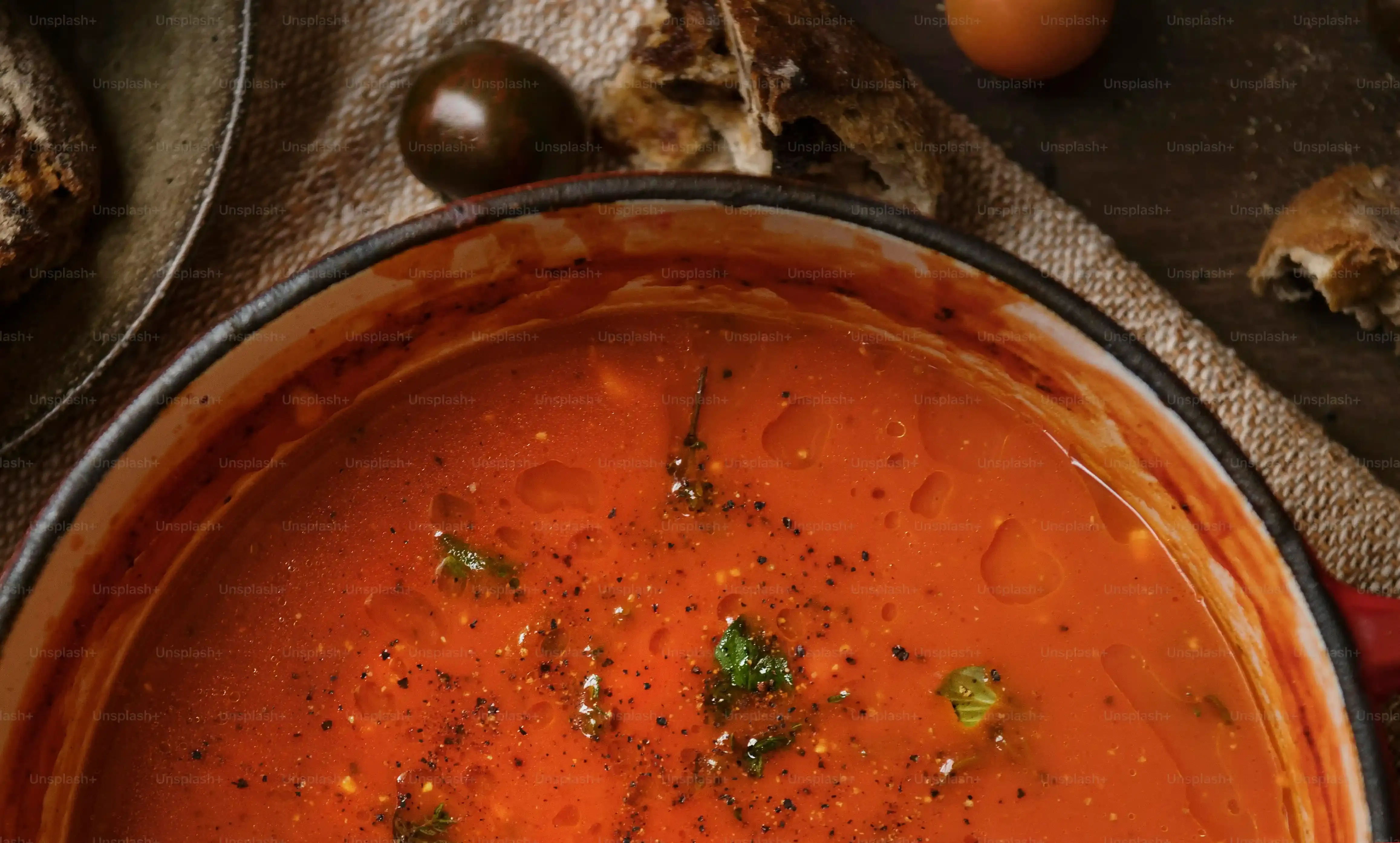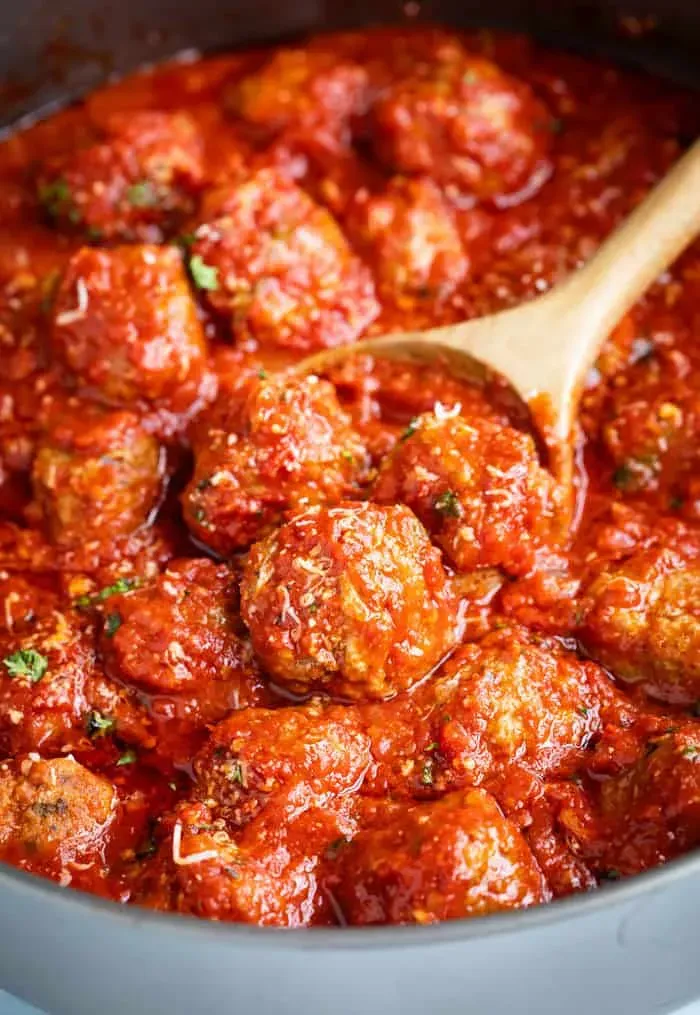Table of Contents
Let's be honest. Everyone thinks their nonna, mother, or uncle had the absolute best Italian meatball sauce recipe. It's a point of family pride, a culinary battleground simmered in history and opinion. Forget those jars of bland, watery stuff from the grocery aisle. We're talking about a rich, slow-cooked sauce that clings perfectly to pasta and imbues tender meatballs with deep flavor.
Building the Foundation: Starting Your Best Italian Meatball Sauce

Building the Foundation: Starting Your Best Italian Meatball Sauce
Building the foundation for your best Italian meatball sauce recipe starts not with meatballs, but with patience and a hot pan. Forget throwing everything in at once. You need a heavy-bottomed pot – something that distributes heat evenly and won't scorch your sauce over hours of simmering. Drench the bottom in good olive oil, the kind that smells like something real, not just grease. Then comes the aromatic trifecta: finely diced onion and garlic, maybe a carrot if you like a touch of sweetness, cooked gently over medium-low heat until they're soft and translucent, releasing their fragrance without a hint of browning. This isn't a race; it's about building layers of flavor from the ground up.
So, what kind of tomatoes are actually worth putting in that pot?
Crafting the Perfect Meatballs: Tips for Tenderness

Crafting the Perfect Meatballs: Tips for Tenderness
The Meat Mix and the Bind
Alright, let's talk meatballs. This isn't just ground meat rolled into a ball. The blend matters. A classic approach uses a mix of ground beef and ground pork. The pork adds moisture and richness that beef alone can't quite manage. Some folks even throw in a bit of veal for extra tenderness, but beef and pork is a solid start for your best Italian meatball sauce recipe. Fat is your friend here; don't go for the leanest cuts. You need that fat to render and keep things juicy. Then comes the binder – stale bread soaked in milk or water, or good quality breadcrumbs. This isn't just filler; it helps hold everything together without making them dense and heavy. Eggs are essential too, providing structure.
Mixing Without Muscle
Now, the crucial part: mixing. This is where many people mess up and end up with tough meatballs. You are not kneading dough. Overmixing develops gluten in the meat proteins, making them chewy and dense. Combine your meats, binder, finely chopped garlic and parsley, grated Parmigiano Reggiano (the real stuff, please, not that pre-grated sawdust), salt, and pepper in a large bowl. Use your hands, but be gentle. Mix just until everything is combined. Don't squish it, don't compress it. Think of it like folding in ingredients, not mashing them together. Then, roll them gently into uniform balls. Not too big, not too small – maybe golf ball size? Consistency is key so they cook evenly.
Here are a few things to remember for tender meatballs:
- Use a mix of meats (beef and pork is classic).
- Include a good binder like soaked bread or quality breadcrumbs.
- Don't skip the cheese – Parmigiano adds flavor and helps keep them moist.
- Mix gently, just until combined.
- Don't pack the meatballs too tightly when shaping.
The Simmering Secret: Braising for the Best Italian Meatball Sauce Recipe

The Simmering Secret: Braising for the Best Italian Meatball Sauce Recipe
Joining Forces: Meatballs Meet Sauce
Now that you've got your gorgeous, gently mixed meatballs ready and your foundational sauce is simmering away, it's time for the magic to happen. This isn't just about heating things up; it's about braising. Gently nestle those meatballs into the warm bath of tomato sauce. Don't just dump them in; place them carefully so they're mostly submerged. The sauce should be at a low simmer, just enough to keep things moving without violently bubbling. This low and slow process is crucial. The meatballs will finish cooking in the sauce, absorbing all those rich flavors while releasing some of their own juices and fat back into the sauce, making it even more delicious. It's a two-way street of flavor exchange.
The Low and Slow Dance of Flavor
Patience is your best friend here. Once the meatballs are in, turn the heat down to the absolute lowest setting your stove allows while still maintaining a bare simmer. Cover the pot loosely, maybe slightly ajar, to let a little steam escape and the sauce thicken slowly. Let this glorious concoction bubble away for at least an hour, preferably longer. I've let mine go for two or three hours sometimes, just to see what happens. What happens is pure alchemy. The tomatoes break down further, the herbs infuse deeper, and those meatballs become incredibly tender, practically melting into the sauce. You get this beautiful, complex flavor that you just can't fake with a quick cook.
Getting the simmer right for your best Italian meatball sauce recipe:
- Use a heavy pot for even heat.
- Ensure meatballs are mostly submerged.
- Keep the heat very low – just a bare simmer.
- Cover loosely to allow some steam to escape.
- Simmer for at least 1-2 hours after adding meatballs.
The Payoff: Richness and Tenderness
As the hours tick by, you'll notice the sauce transforming. It gets richer, darker, and the aroma filling your kitchen is proof you're doing something right. The meatballs, instead of drying out, become incredibly moist and infused with the tomato goodness. This braising step is non-negotiable if you want the best Italian meatball sauce recipe. It's not just about cooking the meat; it's about integrating it into the sauce, making them inseparable partners in culinary crime. The result is a sauce with incredible depth and meatballs so tender you barely need a knife. That's the goal, and it's worth the wait.
Serving Tradition: Pairing Your Best Italian Meatball Sauce Recipe

Serving Tradition: Pairing Your Best Italian Meatball Sauce Recipe
So you've spent hours coaxing flavor out of tomatoes and patiently braising those perfect meatballs in your best Italian meatball sauce recipe. Now comes the payoff: serving it. This isn't the time to get fancy with some weird, artisanal pasta shape nobody's ever heard of. Tradition calls for sturdy pasta that can hold up to the sauce and grab onto those meaty chunks. Think rigatoni, ziti, or maybe a wide pappardelle if you're feeling slightly adventurous. Dump the cooked pasta directly into the pot with the sauce and meatballs, give it a good toss to coat everything, and let it sit for a minute or two off the heat. This little step helps the pasta absorb some of that glorious sauce. Don't forget a generous snowfall of grated Parmigiano Reggiano right before serving. And for the love of all that is holy, have crusty bread on hand to sop up every last bit of that liquid gold.
Classic pairings for your best Italian meatball sauce recipe:
- Rigatoni or Ziti (sturdy tubes are perfect)
- Pappardelle (for a wider noodle option)
- Plenty of grated Parmigiano Reggiano
- Crusty Italian bread for dipping
- Maybe a simple green salad on the side
Troubleshooting and Tweaks for Your Best Italian Meatball Sauce

Troubleshooting and Tweaks for Your Best Italian Meatball Sauce
Fixing Common Sauce Slip-Ups
So, you've followed the steps, the aroma is promising, but maybe your sauce is a bit thinner than you'd hoped, or perhaps it tastes a little flat. Don't panic. A watery sauce usually means it hasn't simmered long enough to reduce and concentrate flavors. Just uncover the pot and let it bubble gently for another 30 minutes or more, stirring occasionally, until it thickens to your liking. If it tastes flat, it likely needs more salt. Always taste and adjust seasoning throughout the long simmer. A pinch of sugar can sometimes balance acidity if your tomatoes are particularly tart, but don't overdo it – you're not making candy. If the meatballs ended up a bit tough despite your gentle mixing, it might be a sign of overworking the meat or perhaps not enough binder. It happens. Next time, be even more delicate with your hands.
Adding Your Signature Twist
Once you've mastered the basic best Italian meatball sauce recipe, feel free to play around a bit. Want a richer sauce? A splash of dry red wine added after sautéing the aromatics and letting it reduce before adding the tomatoes can add complexity. Prefer a bit of heat? A pinch of red pepper flakes tossed in with the garlic works wonders. Some families swear by a bay leaf in the sauce, others add a parmesan rind while it simmers – both can lend subtle depth. You could also experiment with different meat blends, like adding lamb or using all pork, though the classic beef and pork mix is a winner for a reason. Just remember the core principles: good ingredients, gentle handling of the meatballs, and patient simmering.
Here are a few ways to tweak your sauce:
- Add a splash of dry red wine early in the process.
- Include a pinch of red pepper flakes for heat.
- Simmer with a bay leaf or a parmesan rind.
- Experiment with adding a bit of veal to the meat mix.
- Finish with a knob of butter for extra richness (a controversial but sometimes delicious move).
Saving and Reheating Your Masterpiece
Let's be real, often the best part of making a big pot of your best Italian meatball sauce recipe is the leftovers. This stuff only gets better with age. Store cooled sauce and meatballs in airtight containers in the fridge for up to 3-4 days. For longer storage, it freezes beautifully. Portion it out into freezer-safe containers or bags. When you're ready to eat, thaw it overnight in the fridge and gently reheat on the stove over low heat. Avoid nuking it in the microwave if you can; slow reheating helps preserve the texture of the meatballs and the richness of the sauce. Sometimes, adding a tiny splash of water or broth is needed during reheating if it's thickened up too much in the fridge.
Your Meatball Masterpiece Awaits
So there you have it. The path to a truly memorable batch of meatballs and sauce isn't paved with shortcuts. It’s about starting with quality ingredients, treating them with respect, and giving them the time they need to become something greater than the sum of their parts. You've built the sauce, shaped the meatballs, and let them braise into tender perfection. Is it the absolute best Italian meatball sauce recipe in the world? Probably not, because someone else's nonna would argue the point vehemently. But it's yours, made with your effort, and that counts for a lot. Now go enjoy the fruits of your labor, preferably with good company and maybe a glass of red wine.